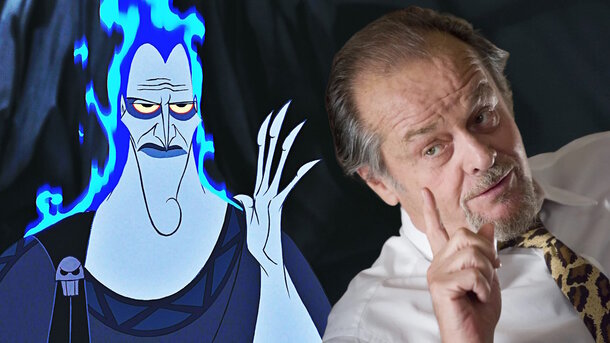While audiences still imagine Captain Jack Sparrow with his rum bottle, historians must contend with widespread ignorance. Over the past two decades, Hollywood has romanticized pirates so much that the criminals of the 17th century have been transformed into charming adventurers. Especially after the release of Pirates of the Caribbean, where every pirate became a local philosopher with a complicated past. Only the series Black Sails made an attempt to bring the truth to the screen.
The creators didn't paint a fairytale but showed how it actually was — dirty, bloody, and cynical. For this reason, even historians loved it. But in the meantime, here are five myths that are still widely believed to be true:
Pirates were outlaws
In reality, many adventurers were privateers — officially licensed to loot enemy ships. This was convenient for the crown: gold went into the treasury, and officially, there was no war. In Black Sails, Captain Flint started working independently from the authorities, although he was originally an English naval officer.

Piracy fueled the economy
A paradox, but in some regions, piracy helped the economy. For example, Port Royal in Jamaica thrived on privateers: they sold their loot, opened taverns, and spent their gold. Pirates became a driving force for the economy.
All pirates sailed under a skull-and-crossbones flag
The "Jolly Roger" only became the symbol of pirates in the 20th century. In reality, each captain created their own flag: some had hourglasses, others featured skeletons with spears. The main goal was to create a terrifying effect.
Pirate life was all about adventure and rum
In truth, it was scurvy, dirt, constant risk, and a short life. The average pirate's career lasted 3–5 years. There were no drunken parties on board. Black Sails depicted strict discipline, and all entertainment happened upon arriving in port. Upon docking, the loot was divided fairly between the captain and the crew.

The "Black Spot" and treasure maps
A literary invention. The "black spot" is never mentioned in any real pirate account. It was created by Stevenson in Treasure Island, and Hollywood picked it up. Why bury gold if you might be hanged tomorrow? Everything was spent immediately — on drink, women, weapons, and families. The few recorded cases where pirates actually hid treasure were exceptional. However, in Black Sails, Captain Flint did bury treasure, but it was Spanish gold, hidden due to an emergency.
Pirates forced captives to walk the plank
Remember how Captain Jack Sparrow nearly walked the plank? It looks dramatic but isn’t practical. Real pirates simply threw people overboard, most often after slitting their throats. Why waste a bullet?

Films and series aren't required to be historically accurate. But if you want to see pirates closer to reality, Black Sails is one of the few projects that doesn't deceive. There’s no Jack Sparrow, but there’s a dirty, uncomfortable truth about sailors forced into a semi-legal lifestyle.









